Latest

3D-printed ceramics bring quantum tech one step closer to the reality
3D-printed ceramics enable smaller, more stable quantum devices for applications in quantum computing, sensing, and communications.
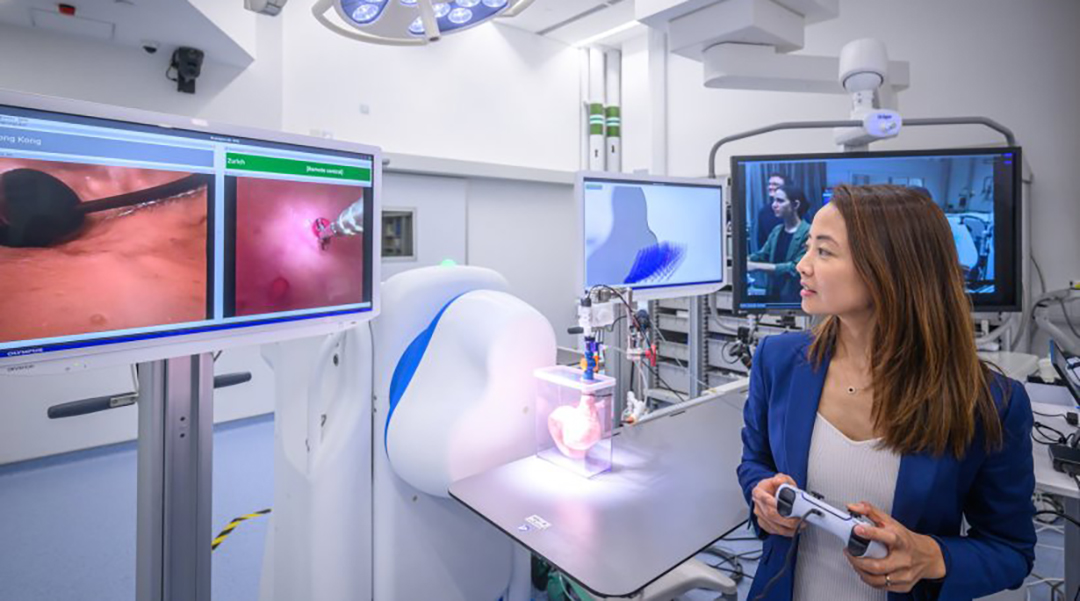
Remote-controlled robot is changing the game for endoscopes
A new teleoperated robot makes it possible to perform endoscopes remotely, making the procedure available in underserviced regions.

Gigantic cosmic strings may have spawned supermassive black holes and galaxies
Scientists theorize that cosmic strings interacting with dense matter in the early universe provided the seeds for galaxies and black holes.

How flickering lights cause hallucinations in our brains
Scientists have solved a centuries-old mystery that could help develop new forms of non-invasive brain therapy.
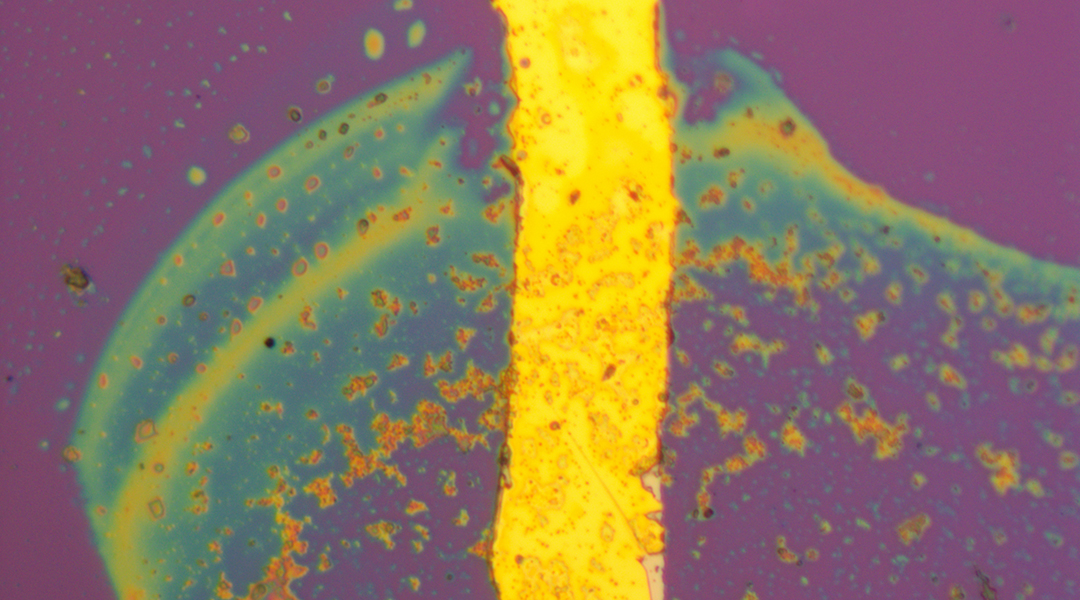
Diamond-based sensors measure temperatures on the nanoscale
Scientists have optimized nanodiamond sensors, with potential breakthroughs in electronics, medicine, and quantum tech.

The colorful secret behind stingrays’ electric blue spots
Dive into the mesmerizing world of sharks and rays, where vibrant blues emerge through never-before-seen structural colors.

Are dietary supplement labels accurate?
A new study finds that prescription generic galantamine and the over-the-counter supplement are not created equal, despite label claims.
ASN Weekly
Sign up for our weekly newsletter and receive the latest science news directly to your inbox.

Pesticide detection improved using flame spray technique
The new sensors reliably and uniformly detected molecular signals, and their performance remained intact when tested again after two and a half months.
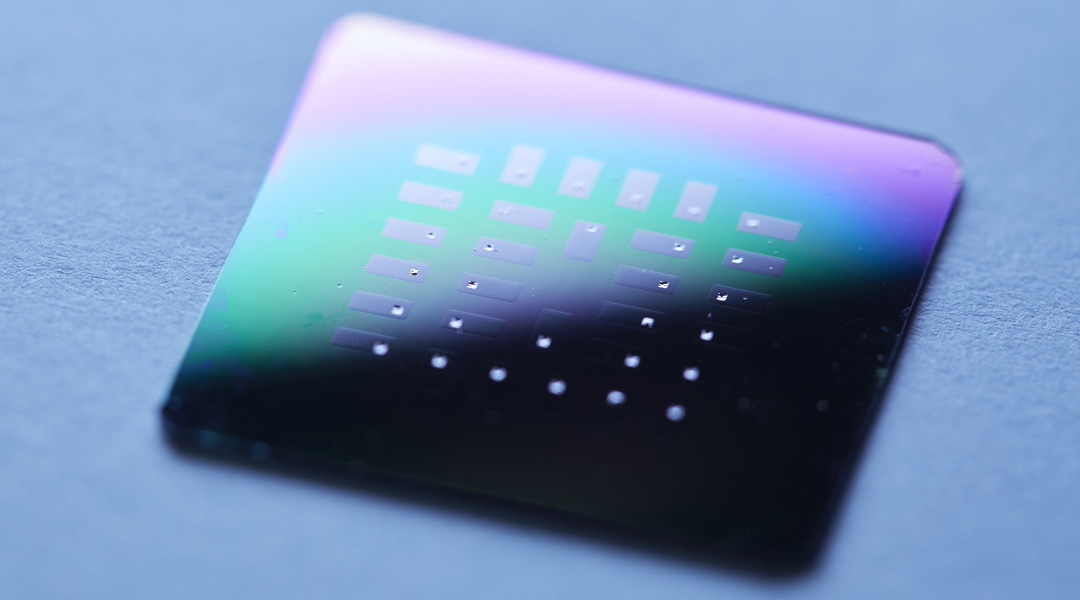
Miniature fuel-cells for implantable medical devices
To power next generation chip based medical implants, power sources need to be miniscule and perpetual.

Blood cells could be key to aging
Researchers show that through aging the number of stem cells contributing to blood cell production significantly shifts.
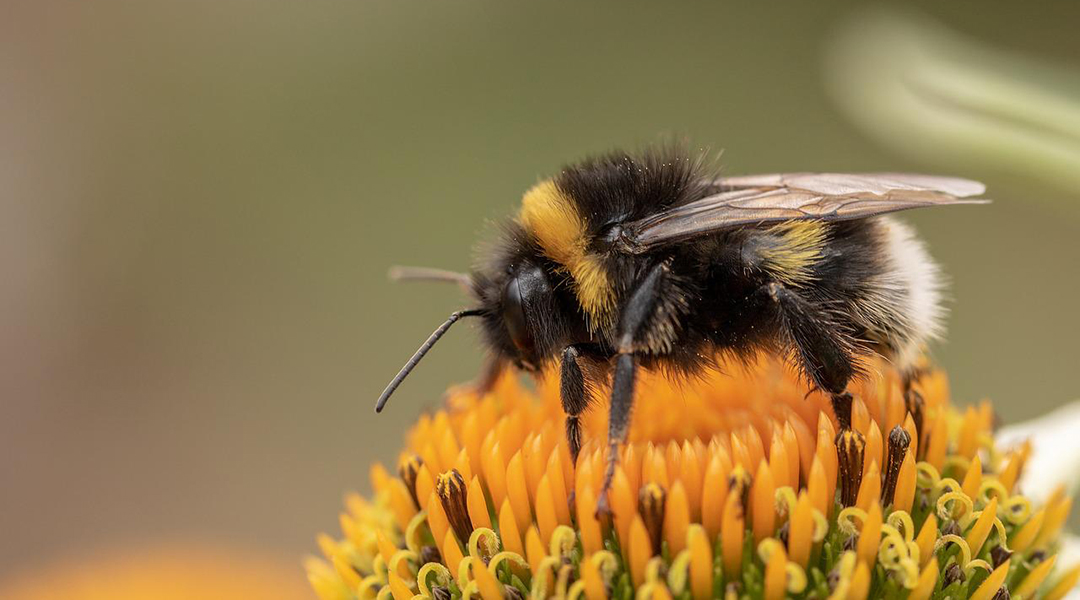
Isolated bumblebees become socially awkward
Low levels of socialization are sufficient in maintaining typical behavior and brain development in bumblebees.
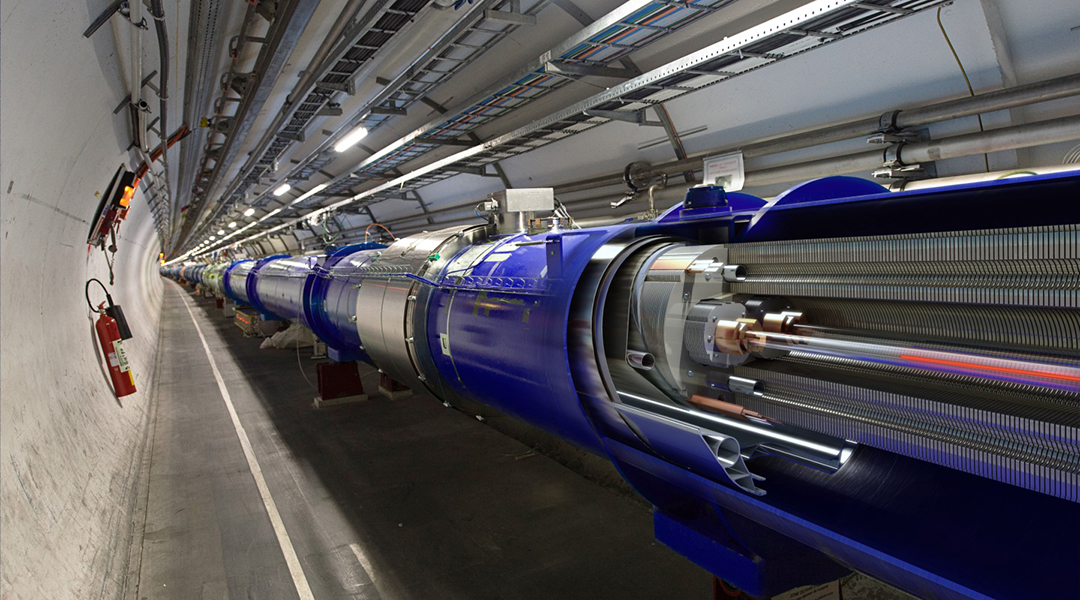
Dead-cone effect confirmed using charm quarks
The first direct observation of the dead-cone effect, which arises during the high energy collisions of strongly interacting particles.

3D cell spheroid promotes spinal cord repair in mice
Stem-cell laden nanostructures prevented cell death while promoting growth and differentiation to help repair the spine following injury.

Ranked: Which diet is best for the environment and your health?
A recent study ranks popular diets and finds that keto and paleo have four times the carbon footprint of vegan while also being less healthy.

Flexible zinc-air batteries for wearable electronics
A novel hydrogel component could increase the life cycle of cheap, safe, environmentally friendly, and energy-efficient batteries.

Satisfying relationships can help prevent chronic illnesses
A new study finds that the quality of our relationships later in life can affect our chances of developing chronic disease.
No Results Found
The page you requested could not be found. Try refining your search, or use the navigation above to locate the post.
No Results Found
The page you requested could not be found. Try refining your search, or use the navigation above to locate the post.
No Results Found
The page you requested could not be found. Try refining your search, or use the navigation above to locate the post.
No Results Found
The page you requested could not be found. Try refining your search, or use the navigation above to locate the post.
No Results Found
The page you requested could not be found. Try refining your search, or use the navigation above to locate the post.
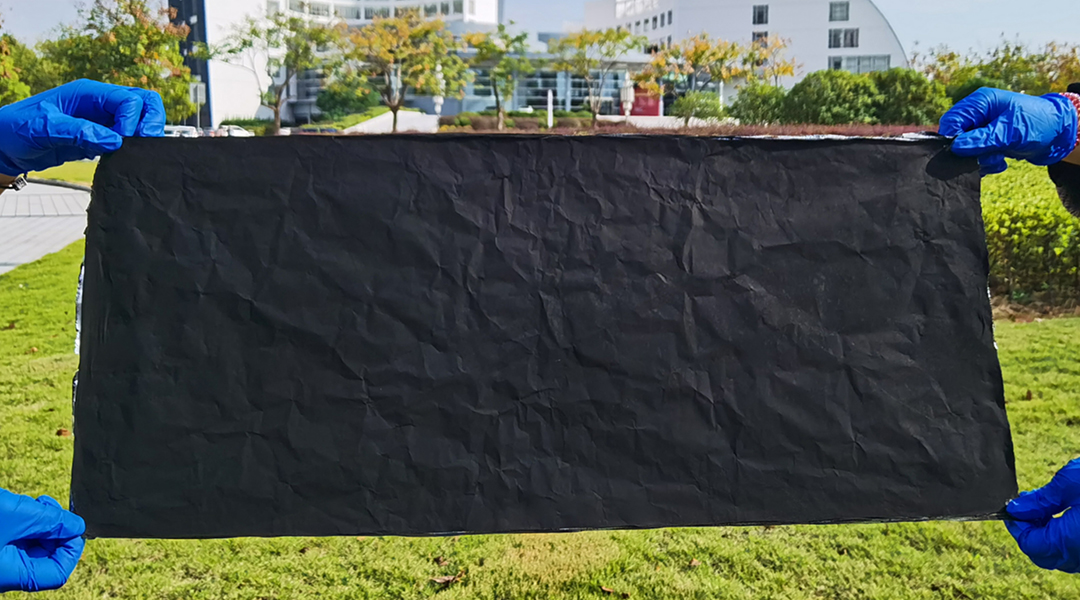
SPRABE: A stretchable, breathable, and self-adhesive electronic skin
Researchers create a multi-layered electronic skin that mimics human skin with applications ranging from robotics to telehealth.

AI is revolutionizing manual cell counting
AI is changing the labor-intensive process of manual cell counting, offering improved accuracy, efficiency, and a door into new scientific applications.
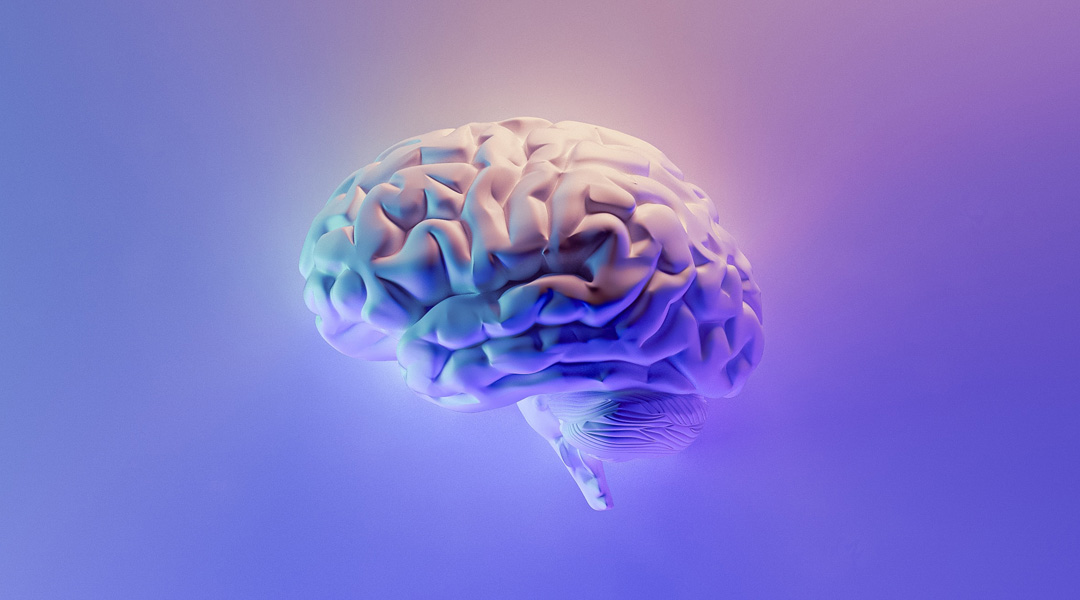
3D bioprinting to unveil the secrets of the brain
When building a functional model of the brain, it’s crucial to think about more than just neurons.
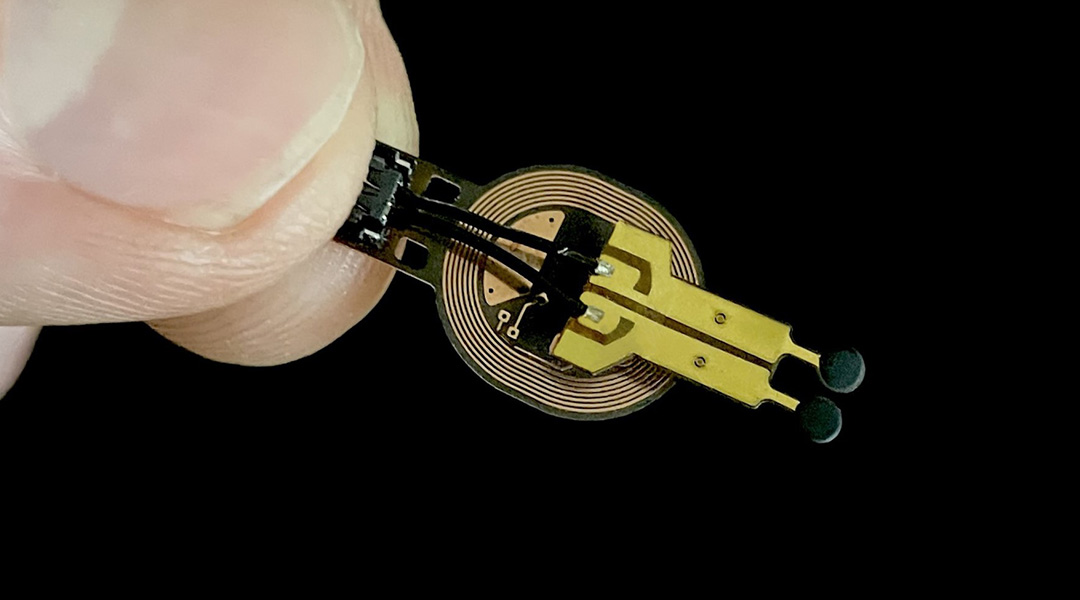
Predicting wound healing with a wound-integrated miniaturized sensor
Scientists develop a sensor that predicts wound healing rate with more than 70% accuracy.
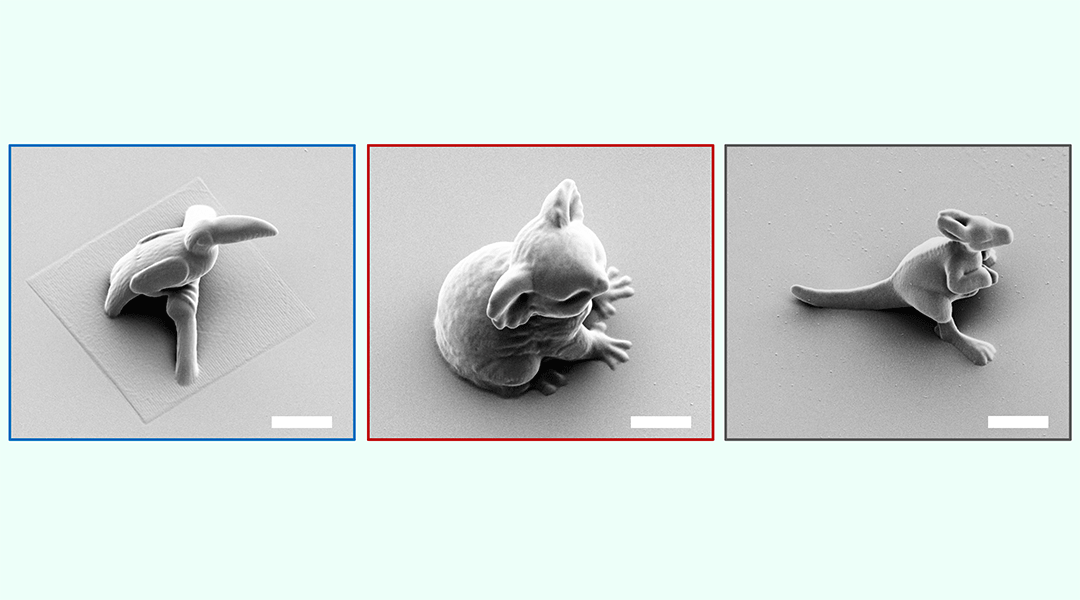
New inks print tiny 3D structures with ultimate precision
Defining the molecular sequence of ink ingredients gives chemical engineers precise control of microscopic 3D printing.
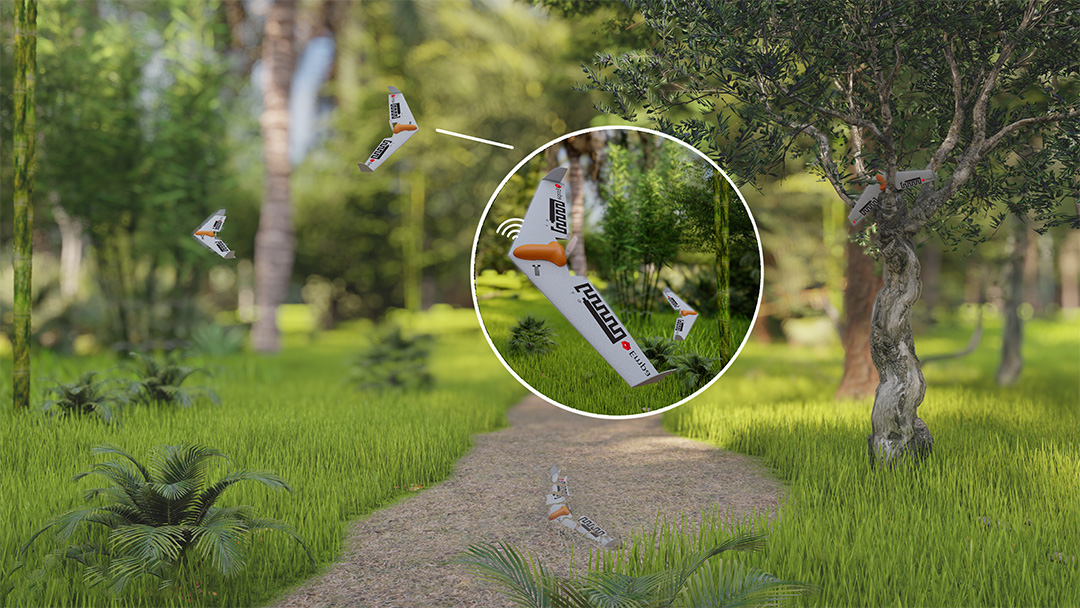
A biodegradable drone for environmental monitoring
The forest floor should be able to make a meal out of this new drone made of almost completely from biodegradable parts.

Using light to power wireless brain-like computers
An optical device uses light-based signals for computation and communication and is a vital step toward advanced neuromorphic computers.

Low-cost contact lenses to tackle color blindness
Scientists used 3D printing and an inexpensive ink to make colored contact lenses that could improve color distinction in color-blind people.

Supercharging carbon dioxide capture
A new carbon capture technique called supercapacitive swing adsorption separates carbon dioxide from gaseous mixtures in the air and industrial flue gases.
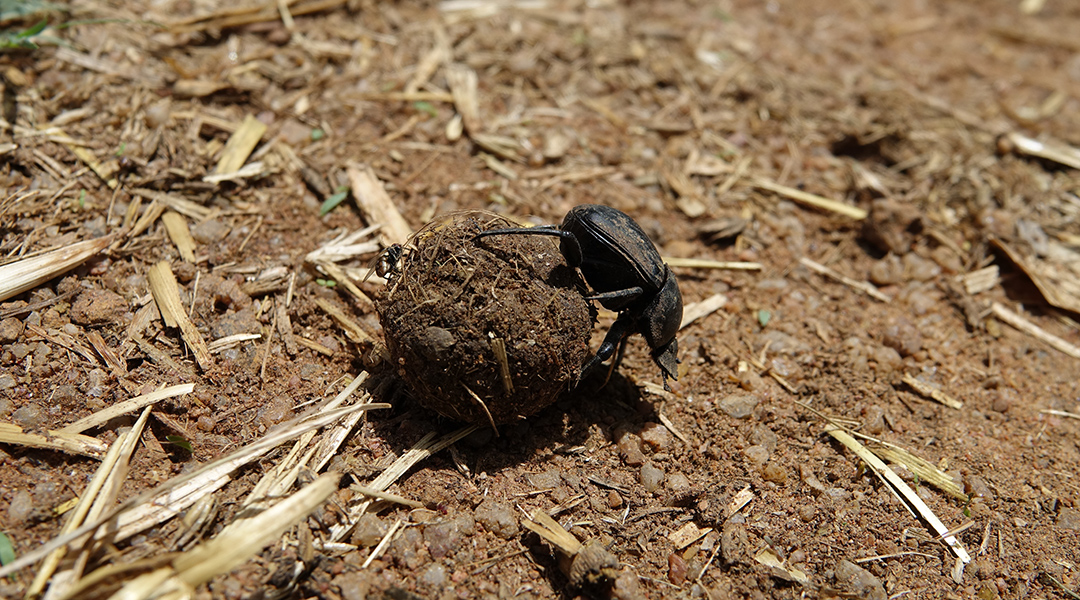
What influences where scarab beetles roll their dung balls?
A numerical model helps scientists understand how particularities of different terrains affect the trajectory and behavior of dung beetles.

Colorful ventral wings help birds avoid mid-flight collisions
The colorful markings on birds’ wings act as signals to help them avoid perilously crashing into one another when flying in large groups.
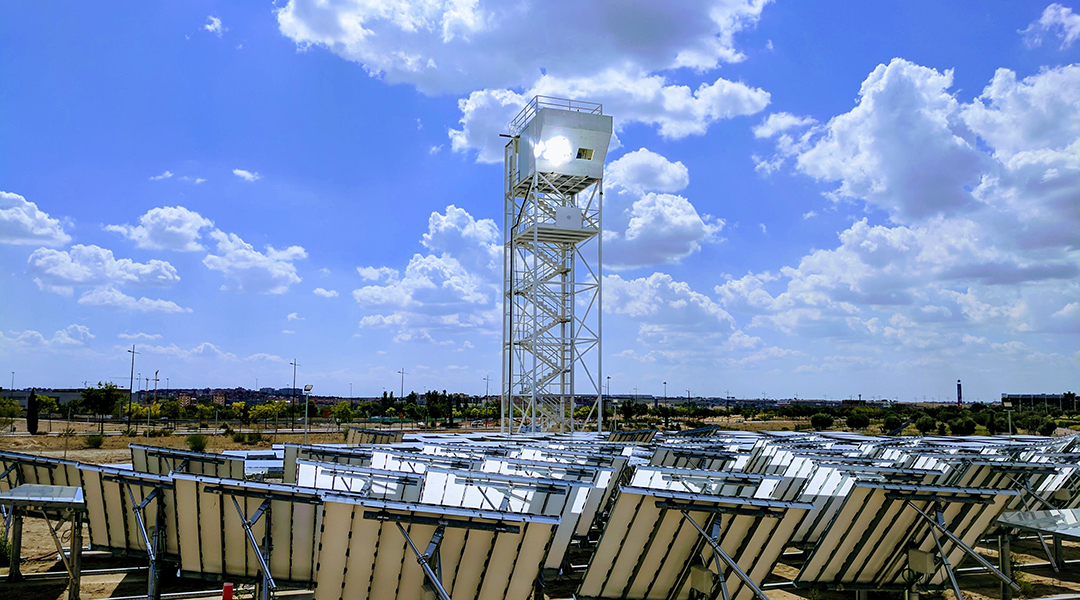
Solar kerosene: One giant leap for humankind
The production of kerosene directly from carbon dioxide and water promises to be a game-changer in the energy field.

New type of black hole merger may have just been observed
Merging pairs of black holes are thought to have originated from binary stars, but new observations indicate this might not always be true.

A breakthrough in nuclear fusion announced
After decades of experimentation, US scientists achieve ignition in a controlled fusion experiment for the first time.

Building ultra-precise clocks thanks to quantum entanglement
Scientists use quantum entanglement to compare two atomic clocks achieving what might be the ultimate precision possible.

Automation enables modular synthesis of new molecules for lasers
An automated synthesis platform called Chemspeed reduces time and labor when searching for organic molecules as gain mediums in lasers.



